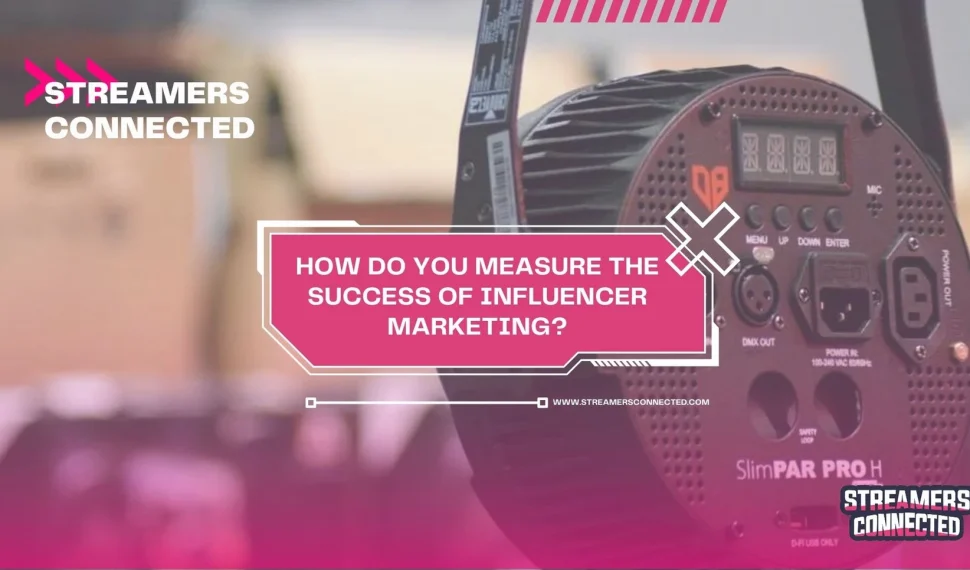
In the world of digital marketing, influencer campaigns have become popular, but how do we gauge the success? Streamers Connected will guide you through the metrics and methods for measuring the effectiveness of your influencer campaign, ensuring that you can make informed decisions and optimise strategies for yourselves.
Understanding Influencer Marketing Metrics
The key to measuring the success of your campaign is not only all the data, but, simply whether you have achieved your goals or not. As long as the goals are realistic, there is no reason why you cannot achieve your goals, especially when collaborating with creators. A few examples of goals to aim for could be increasing sales, or increasing wishlists for a game.
-
Engagement Rate: This is a crucial metric that measures how actively involved the audience is with the content. Metrics include likes, comments, shares, views, watch hours, and impressions to name a few. A high engagement rate typically indicates content that resonates well with the audience.
-
Reach and Impressions: Reach refers to the number of unique users who have seen the piece of content, while impressions track how often the piece of content has been displayed. These metrics help in understanding the extent of the audience that the creator can tap into.
-
Conversion Rate: This measures the percentage of the audience that took a desired action, such as making a purchase or signing up for a game beta. The conversion rate is a direct indicator of the ROI of an influencer marketing campaign.
-
Brand Sentiment: Brands will likely be able to analyse the sentiment in the comments, and value feedback may provide insights into how the audience perceives the brand and the creator’s pieces of content.
-
Click-Through Rate (CTR): In campaigns where creators share links, the CTR can indicate how effective the influencer is in driving traffic to your website or landing page. For example, you will often find that a brand running a sponsored influencer marketing campaigns, will require the creator to use a tracking link in their content. However, non sponsored campaigns are less likely to include a tracking link, but you may typically see affiliate links.
- Events
- April 24, 2025
